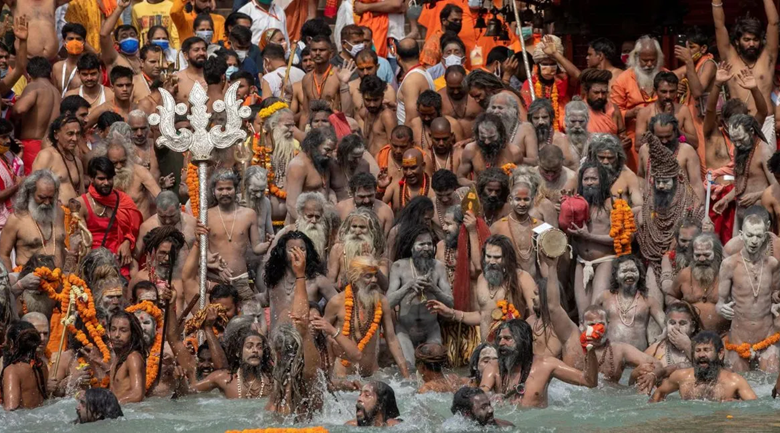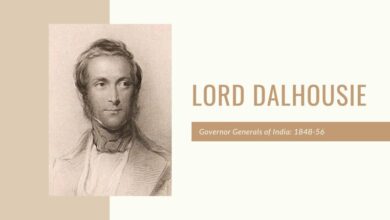Maha Kumbh Mela 2025: The mythology, beliefs, and astrology surrounding the festival
News Mania Desk / Piyal Chatterjee / 14th january 2025

Kumbh Mela (the festival of the holy Pitcher) is the largest tranquil gathering of pilgrims worldwide, where attendees bathe or immerse themselves in a sacred river. Worshippers hold that taking a bath in the Ganges cleanses one of sins, releasing her/him from the cycle of life and death. Countless individuals arrive at the location without an invitation. The assembly consists of ascetics, holy individuals, sadhus, aspirants-kalpavasis, and guests. The festival occurs every four years in rotation at Allahabad, Haridwar, Ujjain, and Nasik, attracting millions of attendees from all backgrounds, regardless of caste, creed, or gender. Its main bearers, however, are affiliated with akhadas and ashrams, religious groups, or are individuals subsisting on donations. Kumbh Mela holds a vital spiritual significance in the nation, captivating average Indians with its enchanting appeal.
The event embodies the fields of astronomy, astrology, spirituality, ritual traditions, and social and cultural practices, rendering it highly enriched with knowledge. Taking place in four distinct cities in India, it incorporates various social and cultural activities, resulting in a festival rich in cultural diversity. Understanding and expertise associated with the tradition are conveyed via historical religious manuscripts, oral traditions, travel narratives, and writings created by notable historians. Nonetheless, the connection between teachers and students among the sadhus in the ashrams and akhadas continues to be the primary means of transmitting and preserving knowledge and expertise related to Kumbh Mela.
The mythological importance of Kumbh relates to the tale of the samudra manthan or ocean churning, performed by deities and demons to acquire the precious ratnas or jewels and amrita or the nectar of eternal life. The mountain Mandrachala served as the churning stick, while the Nagraja Vasuki functioned as the rope. Lord Vishnu assumed the shape of a tortoise, known as Kasava, to support the mountain Mandrachala, fearing it might slip and sink into the ocean. The tale symbolizes the turmoil of our thoughts as we delve deeper into ourselves, the source of all power and blessings, ultimately guiding us towards freedom or eternal life.
Shiva consuming poisonThe initial substance to surface during this churning was a toxic poison that Lord Shiva ingested, earning him the name Nilkantha after drinking it. The churning goes on and appeared Kamdhenu, the Uccaishrava Jayanta, Indra’s son, who, upon seeing the amrita kalasa or the pot brimming with nectar, seized it from the grasp of God Dhanvantari. Observing this, Lord Shukracharya, the demon’s Guru, warned, and the demons pursued Jayanta. As per divine reckoning, one day for the Gods equates to one year for mortals, and Jayanta continued to flee for 12 days to prevent the amrit kalasha from falling into the possession of demons.
In the twelve years, Jayanta placed the amrit kalasha in four locations: Haridwar, Prayag, Nashik-Trimbakeshwar, and Ujjain, where, at that moment, the sun, moon, and planets achieved a distinctive astrological alignment, coinciding with the kumbhmela celebrations at these sites. God Brihaspati, alongside his son Lord Shani and the Moon, rescued the nectar pot from the demons, protecting it from harm.
According to the Skanda Purana, kumbhmela is celebrated not only at the location where the amrit kalasa was placed, but also at the sites where the nectar spilled during the placement of the kalasa. It is thought that these drops conferred magical abilities to these locations. The Kumbh Mela has been celebrated in each of the four locations for as long as anyone can recall to help individuals harness those powers.
The festival is celebrated at these locations according to astrological calculations:
Haridwar: When Jupiter is in Aquarius (Kumbh rashi), and the Sun and Moon align in Aries and Sagittarius.
Prayagraj:When Jupiter is in Taurus, and the Sun and Moon are in Capricorn (Makar rashi).
Nashik:When Jupiter is in Leo (Simha rashi), and the Sun and Moon align in Cancer.
Ujjain:When similar alignments occur near the Kshipra River.
Prayagraj also hosts the Ardh Kumbh (half Kumbh) every six years, while the Maha Kumbh is held every 12 years.
The regular Kumbh Mela occurs every four years, the Ardh (half) Kumbh Mela is celebrated every six years at Haridwar and Allahabad (Prayag), and the Purna (complete) Kumbh Mela happens every twelve years at four locations: Prayag (Allahabad), Haridwar, Ujjain, and Nashik, according to planetary alignments. The Maha Kumbh Mela is observed at Prayag once every 144 years (following 12 ‘Purna Kumbh Melas’).
The Kumbh Mela has historically been a center for trade and cultural exchange. Markets at the Mela have sold everything from local crafts to foreign coins and toys. The event also boosts the local economy, offering work to vendors, artisans, and performers. In the past, the Mela served as a platform for social and political mobilisation. During India’s freedom struggle, nationalist ideas were shared with large crowds.






